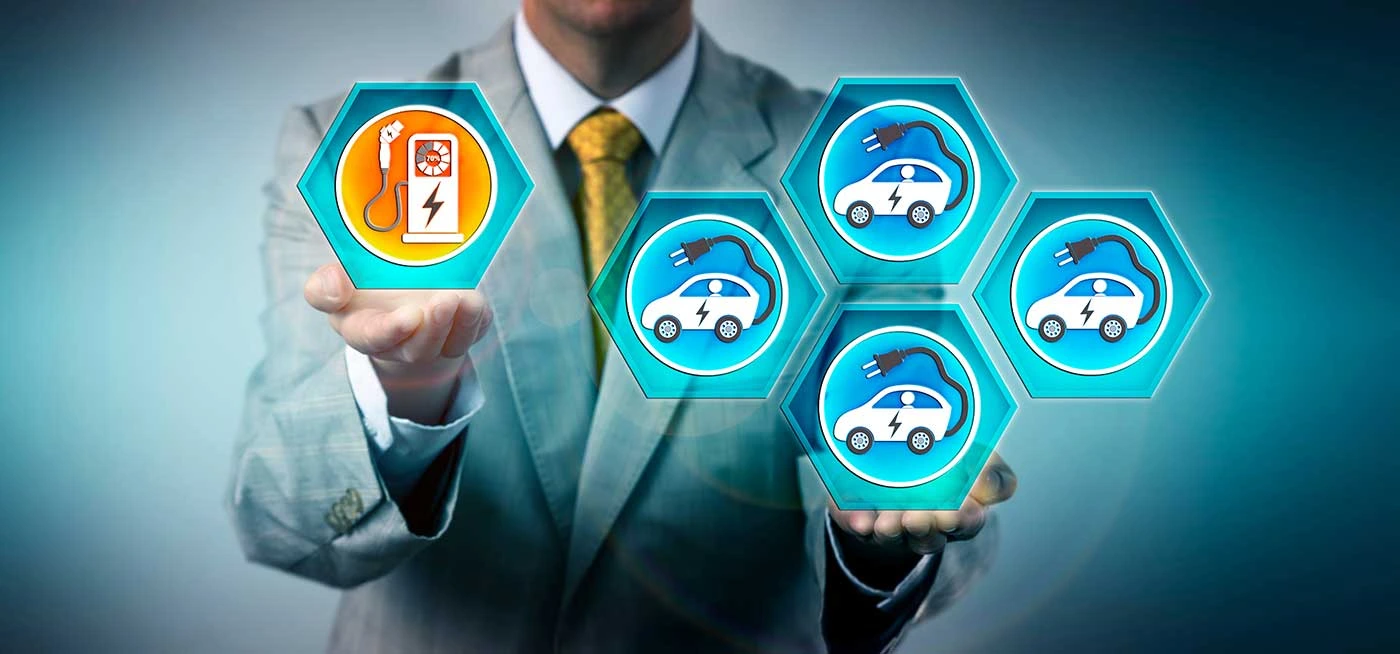Late in 2021, Prime Minister Narendra Modi gave the world India’s gift of ‘Panchamrita’-- a five-point agenda to curb carbon emissions at COP-26 conference in Glasgow. Among the key announcements he proposed that India would strive to reduce its carbon emission by one billion tonnes by 2030 and achieve net zero emissions by 2070.
At present, India’s Bureau of Energy Efficiency says that around 18% of total energy is consumed by the transport sector alone in India. Such high consumption of energy poses a challenge for India to fulfill its commitments made during COP-26.
Additionally, rapid urbanization and an increasing population is bound to burden India’s existing transport infrastructure with more people adopting to personal mode of transportation. In such a scenario, Electric Mobility serves as a viable solution to shift from fossil-enabled vehicles to Electric Vehicles.
The Government of India has introduced a slew of policies-- implementing a battery swapping policy, formalizing interoperability standards, creating special mobility zones for EVs among others that aim to provide an impetus to the adoption of EVs at a faster pace in the coming decade.
However, the country’s dreams to go green in mobility is facing several speed bumps on the infrastructure and technological front.
Existing Challenges for widespread adoption of EVs
- Lack of adequate charging infrastructure:
Unlike traditional petrol pumps, finding a charging station is still a challenge in India. Moreover, the installation of these charging station incorporates huge investment costs that is making the infrastructure development for charging stations more difficult. For the success of EVs, people need to have convenience of charging their E-vehicles wherever they park, whether at home or at work. But factors like high costs and lack of technology are deterring consumers to make a switch to EVs as a sustainable mode of transportation. In India, fixed load charges for electrical load are very high at the moment. Whereas charging of EV batteries require high electrical load which comes at a huge cost.
- Disparity in electricity tariffs:
The localization of DISCOMs leads to disparity in electric tariffs across India. At present, different states have different electric tariffs which poses a challenge in installing separate power meters for charging EVs. In most of the states, using domestic electricity to charge EVs is not allowed as it creates disparity in the sale of the electricity. All these factors doesn’t allow India to have a low-cost charging infrastructure at the moment.
- Lack of technology and inventory for EVs
While people are not opposed to the idea of adopting EVs, they believe that this technology is still at the nascent stages. Even auto experts believe that EVs is still at the primary stages of its development in India, and most of the potential customers would not like to be the subject of experiment for an unreliable technology like EVs. In case of emergencies or off-road expeditions people don’t find EVs as a viable means of transport due to lack of resources like charging stations, easy availability of cost-effective parts among others.
Unlike its neighbour China, India also lacks a strong inventory of raw materials, a streamlined supply-chain of essential equipment and batteries making EVs a high-cost proposition. Such factors along with lack of technological advancements are not allowing auto manufacturers to shift swiftly towards the production of EVs.






Comments (0)
Jun 16, 2022
Views (1419)